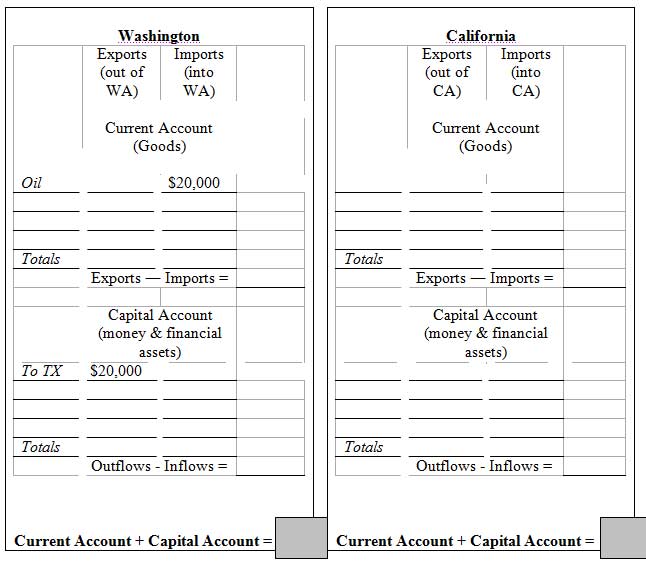Student Handout

FTE: Celebrating 50 Years of Excellence in Economic Education
2025 is a special year for the Foundation for Teaching Economics (FTE), as we celebrate our 50th anniversary. In 1975,…

The Economic Way of Thinking: The Key to Financial Literacy
Professor Jamie Wagner discusses how economics is the key to financial literacy. She is a Professor and Teaching Fellow with…

FTE Staff Spotlight – John Buck
As society evolves and transforms, so must world leaders – a fact that John Buck is aware of and has…




